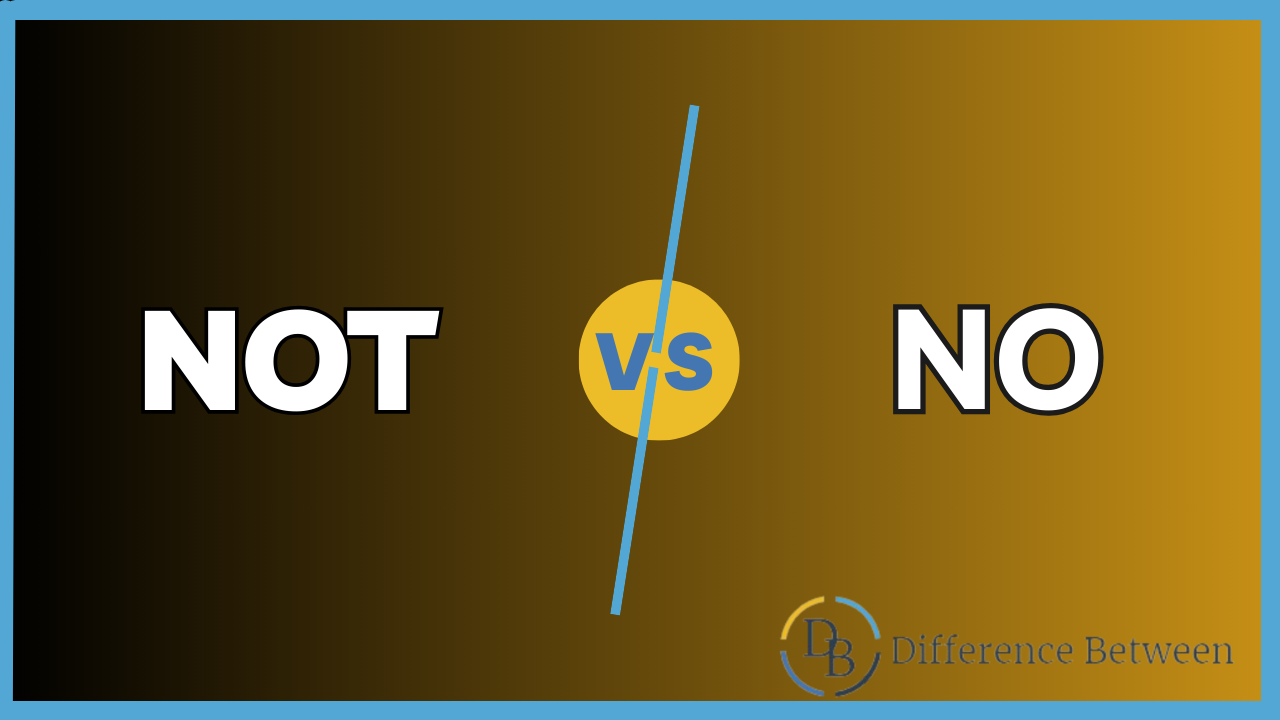In the world of language, precision is paramount, and nuances matter. The words “no” and “not” both serve as negations, but they carry distinct meanings and applications. This article aims to shed light on the differences between “no” and “not,” exploring their individual definitions, usage scenarios, and providing a comprehensive comparison.
What is “No”?
“No” is a determiner, adverb, or noun used to express a negative response, denial, or to indicate the absence or refusal of something.

Usage:
- As a determiner: There is no time left for procrastination.
- As an adverb: She shook her head no in response to the question.
- As a noun: He received a firm no in response to his proposal.
“No” directly conveys a negative response or negation, often in response to a question or request.
What is “Not”?
“Not” is an adverb used to negate the meaning of a verb, adjective, or other adverbs, indicating the opposite or absence of a particular action or quality.
Usage:
- Negating a verb: She did not want to attend the meeting.
- Negating an adjective: The situation is not ideal.
- Negating an adverb: He completed the task not so efficiently.
“Not” is a versatile negation tool, employed to express the absence or negation of an action, state, or quality.
Related: Difference between No and Never
Comparison Table: “No” vs. “Not”
| Criteria | “No” | “Not” |
|---|---|---|
| Grammatical Category | Determiner, adverb, or noun. | Adverb. |
| Direct Negation | Directly expresses negation or denial. | Negates the meaning of a verb, adjective, or adverb. |
| Usage Scenarios | Responding to questions, indicating refusal, or absence. | Used to negate actions, qualities, or states in a sentence. |
| Examples | “He received a firm no to his proposal.” | “She did not want to attend the meeting.” |
| Context | Often used in direct responses. | Applied more broadly in sentence structure to indicate negation. |
Conclusion:
In the intricate tapestry of language, “no” and “not” serve as distinct threads, weaving negation into our expressions. While “no” provides a straightforward response, “not” acts as a versatile modifier, altering the meaning of verbs, adjectives, and adverbs. Understanding the nuances between these two words enhances our ability to articulate thoughts with precision, ensuring effective communication in various contexts.

